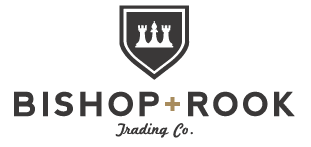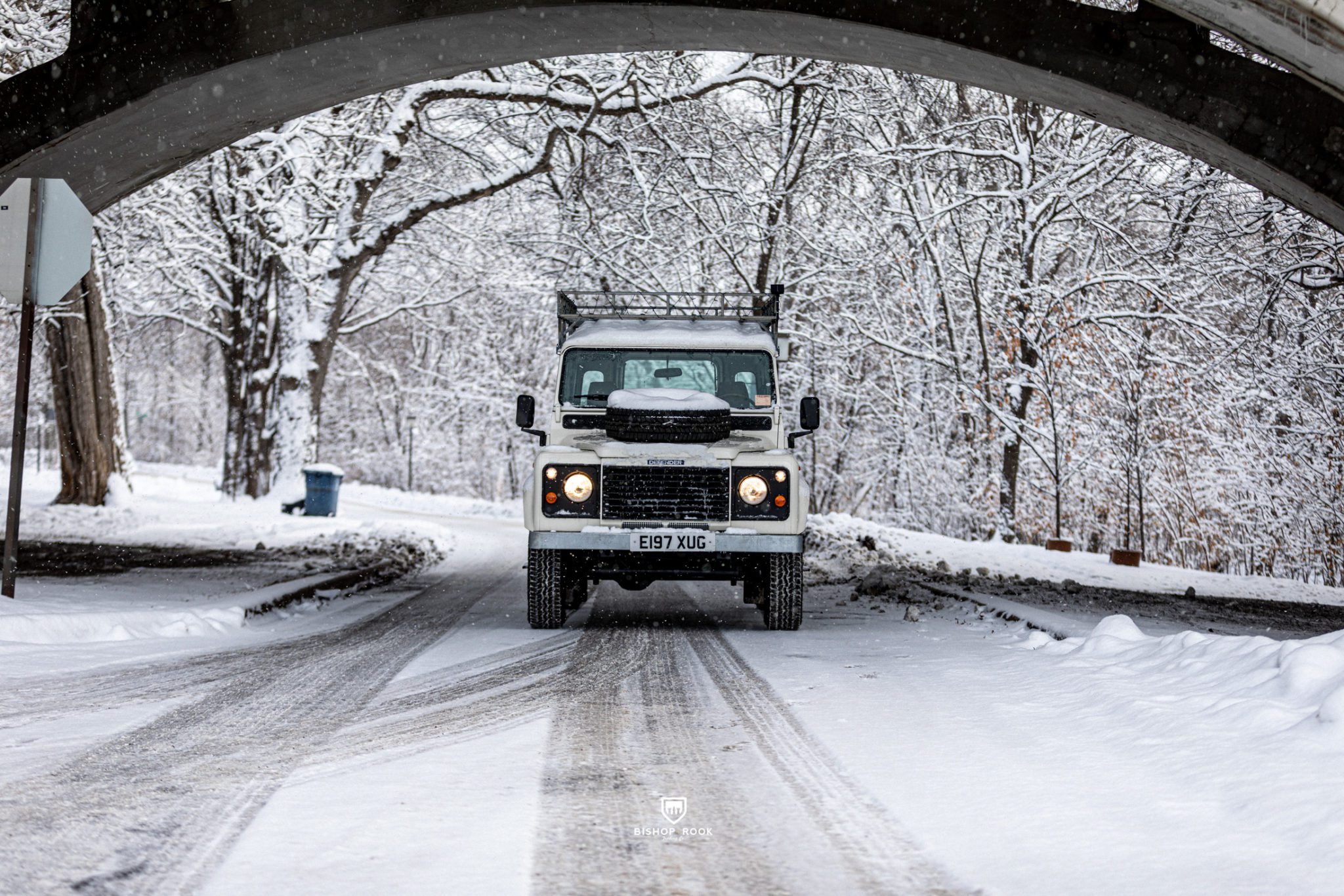Every Defender preservation or restoration project begins with a “base donor vehicle” that will serve as the foundation for the project. Finding the right donor is a time consuming and stressful job, as the wrong donor could lead to an empty wallet, heartbreak, or divorce (no, really, it happened). This guide will walk you through the process we use at Bishop+Rook and how extra attention to details up front saves a lot of time and money at the end. Ultimately, the donor condition also determines which direction we may take a particular project.
We’ve written about our searching and sourcing process quite a bit here in the journal, but it should be stated again: we look at over 100 vehicles before we find one that will become the base for a Defender restoration or preservation project.
Some of the potential Defenders are simply not eligible for import. The vast majority of them are just too far gone for it to make sense as a project. Even worse, someone has had their hand at a previous restoration by cutting corners and hiding shoddy work. Undoing someone else’s botched restoration can take twice as long as if you simply started with an unmolested original Defender.
We’ve built an extensive global network of suppliers for restoration-quality Defenders. Translation: we’ve met a ton of Defender fanatics that let us know when a friend, or friend-of-a-friend, is going to sell their Defender. We love buying from original owners (or at least the last person to be the Defender caretaker). That way we get to collect all the stories and history about the vehicle. Having this network allows us to find the good projects and avoid the bad ones. No matter the level of restoration we’re going to perform, each Defender comes to us as a project.
One of the key lessons we’ve learned over the years of Defender restoration is this: never buy the cheapest Defender you find. Buy the one that’s in the best mechanical shape instead.
The approach we take on a restoration/preservation project is dependent upon a couple of factors:
- The condition of the current vehicle – if it’s too nice, we might just put it through a mechanical refresh and get it in the hands of someone to enjoy. If it’s too far gone it may be the source of a VIN for a complete panel-off and chassis swap build.
- This history and story of the vehicle – if the Defender has a good history and story, we like to preserve it the best we can. We’ve turned down offers to restore trucks like Sarge (see below) because we just think that’s one Defender that should stay exactly how it is – performing mechanical restoration and upkeep to keep it going for years to come.
- The final use of the vehicle – While we aim to make every Defender as perfect as possible – that perfection is extremely subjective. For some, it means a nut-and-bolt restoration, while others prefer to maintain the original patina and charm. If the Defender is destined to be a family heirloom, we will likely take on a deeper restoration approach, taking it back to factory+ condition.

Sarge is an easily identifiable Land Rover Defender 110 that had it’s own social media presence. To restore this one would be a disservice to the history of the Defender. Keeping it on the roads is the only approach to take.
An Example of a Great Donor Defender
The gallery below features a 100% original LHD Defender 200Tdi that came to us from a tip from our parts supplier in the UK. Not only does the Defender run and drive exceptionally, it came with heaps of documentation about the history of the vehicle. Once we inspected the mechanical components we found a very solid relatively rust-free example that would serve as good base. While we may need to replace a few body panels here and there, the Defender is in great overall condition.
Allow the Donor Defender to Come Later
It’s been our experience that those who try to find the perfect as-is Defender fail to realize how much easier it might have been to simply make a list of features you want your Defender to have and then go about making it happen. As Defender builders, we see this all the time. Many of our customers will be on the hunt for the perfect Defender for years, only to realize that if they started the build process today, they could have their dream Defender custom-built in very little time. This approach saves you from inheriting someone else’s tastes and design choices (which might be expensive to change) and allows you the ability to build something unique to you.
We start the process by going through a short conversation where we try to figure out the most important features in a Defender for your ultimate use. Once we’ve figured that out together then we can match that with a donor Defender from our collection – or even go out and source something specific for the project. Using this method, we’ve been able to save people a lot of time and money. While the natural instinct is to “see something and buy it,’ the “built, not bought” approach tends to yield much better results.






























You must be logged in to post a comment.